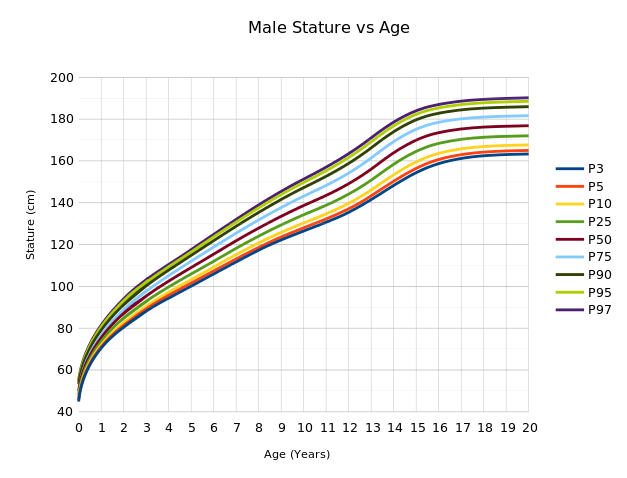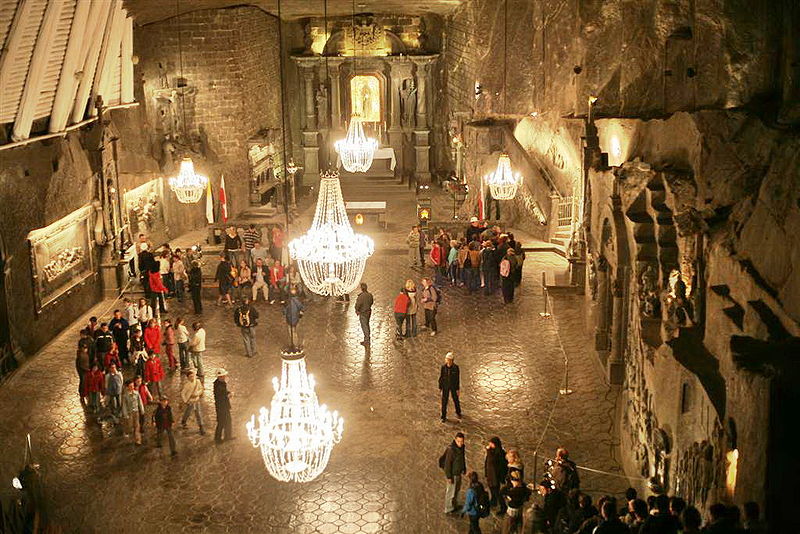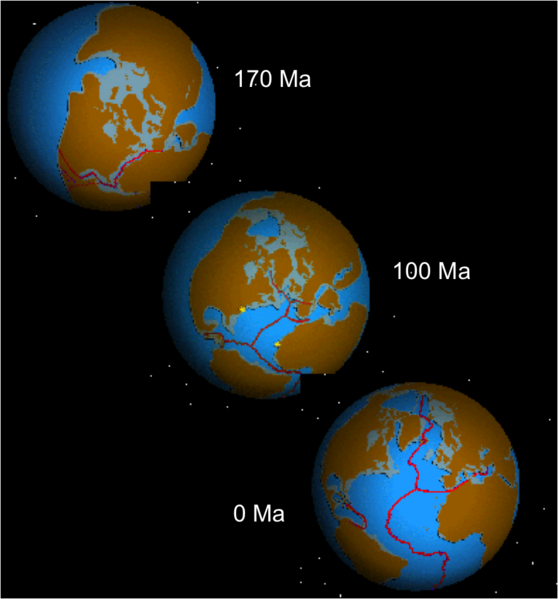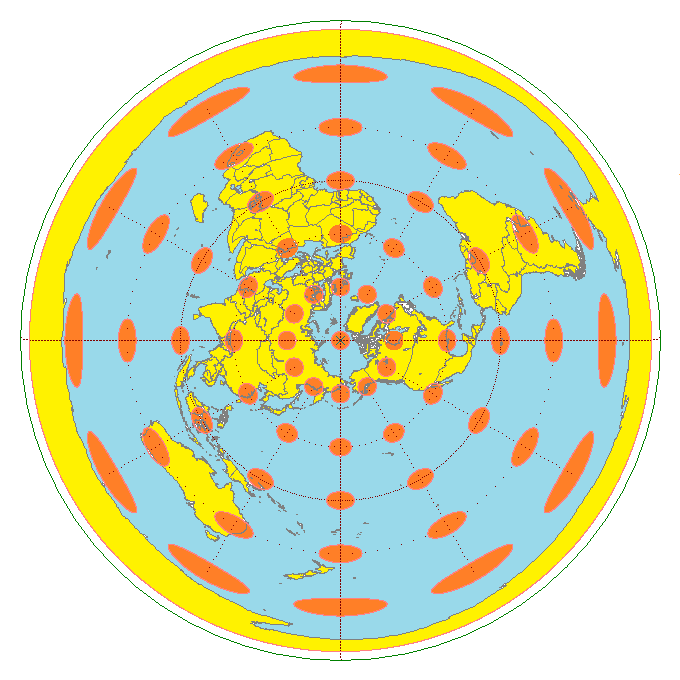
Our exploration of worldbuilding humanoid and non-human groups is merely an extension of the discussion in my last article about fantasy demographics. The question is, what do the humanoids or non-human groups in your fantasy world look like, if you have any.
Avoiding Cliché
In my own story writing, I have left out elves, dwarves, halflings, and orcs. It is such a staple of fantasy that it is hard to create a fantasy species that is not a cliché or a knock-off of Tolkien or Dungeons and Dragons.
In defining the races of Pancirclea in my last article, I specifically created them so they could be quickly converted to humans, elves, and dwarves if I wanted. Savannah people would be humans. Add a few features to distinguish them such as pointy ears on the Silvans to turn them into elves. Make the Hill people short and stocky and they become dwarves.

There is a way to put these species into your writing without it being cliché, but it is difficult. It has been done so many times that a new kind of elf or dwarf would be difficult to come up with. You will have to draw on all your creative power to come up with something original. Hopefully, this article will help.
Humanoids
First, we should define what a humanoid is. In my mind, it is a sub-species of human, closely related enough to interbreed but different enough to be considered not quite homo sapiens sapiens. Maybe elves are homo sapiens nobilis?
Second, the basic body shape is human. That is, a central torso with two arms coming off the shoulders, a head on top, and legs about as long as the torso coming off the bottom.

Humanoids should conform to this basic body shape. Any deviation from this should be classified not as humanoid, but as non-human. More on them later.
The point of humanoids is to have a creature that is human enough to relate to but with enough of a sense of otherness that they are not quite right. Often, having such creatures creates a sense of wonder and mystery, which is why they are used so often in fantasy.
Humanoid Features
Similar to our discussion of fantasy demographics, humanoids follow a similar set of features, with a few added features to include.
That is, when creating humanoids for your fantasy world, create charts of skin color, eye color, hair color, and hair texture. With humanoids, everything will be fictional, so feel free to add more fantastical elements. Give them blue, orange, or green skin; yellow, purple, or pink eyes.; or different colored hair. Really, anything goes at this point.
When doing so, think about analogies to human genetic variance. Perhaps green skin evolved in certain areas due to magical background energy. This genetic group might slowly mix with other groups outside that area, creating a higher concentration of green skin in the area, with a gradual decrease in prevalence farther away.
You can come up with whatever explanation you like, just so long as it keeps things consistent in your fantasy setting. You don’t have to explain the underlying reason for it. People didn’t fully understand human genetics for most of human history or pre-history. The purpose of creating a reason is so you can keep things straight in your own writing without unexplained divergences from your fictional norm.
Humanoid Differences from Humans
What really sets humanoids apart from humans? Along with the features discussed above and in the fantasy demographics article, there are things that differentiate the two groups.
The most obvious and cheapest for movie and TV makeup departments to create are pointy ears, big noses, and ridged foreheads. The main things that you can alter from the basic human shape are the head and hands.

Leonard Nimoy as Mr. Spock in Star Trek. NBC Television 
Peter Hambleton as Gloin in The Hobbit. New Line Cinema 
Michael Dorn as Worf in Star Trek. Paramount Pictures
And big hairy feet.

I get the sense that so many fantasy and science fiction creatures in movies and TV are created with human body shapes is because it is the cheapest way to create aliens.
Humanoid Size
Other features that might differentiate humanoids from humans are size. Dwarves, hobbits and sometimes elves are smaller. Giants are larger, sometimes much larger. The basic body shape is the same, but fantasy has either made them huge or tiny to create a sense of otherness.
The range of humanoid size reaches from mountain-sized (giants), to thumb-sized or smaller (fairies and pixies). On the other hand, I would argue that fairies and pixies are not humanoid because they have wings.
Garden gnomes, on the other hand, would be humanoid. Also, they love to travel.

Creating Humanoids from Other Species
Another common trope, especially for TV, is to create humanoid species from animal species. Again, in movies and TV, it is common because it is cheaper to get a human actor with a mask to create a monster.
But even in written works and games where there are no such budget constraints (unless you hope to sell your novel to Hollywood), we find humanoid creatures based on other animals. Perhaps you’ve heard of the Kzinti, a cat-like species in Larry Niven’s Known Space series. There are also lizardmen and dragonmen in game settings. In my own writing, I have created dog-men, though they did not evolve, but were created.
One might make an argument that these creatures are not humanoid, but non-human in human shape. I would argue back that, according to my definition, they are humanoid because they keep the same basic body shape. On the other hand, there seems to be a gradation between humanoid and non-human species. At what point does a change in body type make a creature no longer humanoid?
Non-Humans
When talking about non-humans in a fantasy setting, I specifically mean non-human sentient species. These are intelligent creatures able to communicate and reason similar to humans.

The definition of what makes a creature sentient is open to philosophical debate.
Sentience is a multidimensional subjective phenomenon that refers to the depth of awareness an individual possesses about himself or herself and others.
L. Marino, in Encyclopedia of Animal Behavior, 2010 from ScienceDirect.com
There are those who would argue that humans are the only known sentient creatures. There are also those who argue that our definition of sentience is constrained by the fact that we only recognize our own intelligence and are unable to comprehend a non-human sentience.
Whew! Let’s not get too deep into the weeds here. Maybe when I was 30 years younger and under the influence of controlled substances I would have this discussion. I probably did.
The purposes of fiction, let’s define sentience as an intelligence that is able to communicate with humans in some manner. Perhaps the plot of your story is your characters’ struggle to understand the alien species, but the potential for communication is there.
What is Non-Human?
The real defining feature of a sentient non-human species is body shape. Going back to the races of Pancirclea, if we wanted to go further than to turn Hill people, Silvans, and Savannah people into dwarves elves, and humans, we could alter their body shape.
Think about how each race’s unique environment might change them over the course of 100,000 years. If the Silvans lived in trees, perhaps they would use their arms to climb more than their legs. Humans developed long legs from running across open fields. Silvans would not do so. Perhaps their legs would be shorter and their arms longer, similar to other tree-living apes.
Add feet with opposable thumbs to aid in climbing and you’ve got a hairless, sentient forest ape similar to a chimpanzee or bonobo.
Similarly, perhaps the Hill people have adapted to the mountainous environment by living in caves. I’m having a hard time imagining how they would evolve a different body type other than something similar to a dwarf, shorter with powerful arms and legs. Maybe you have a better imagination than I do. I’d love to hear your ideas.
Other Body Types
Similar to the dragonkin in the picture above, you can create a range of sentient species based on other species. One might argue that the Kzinti, lizardmen, and dragonmen mentioned above are better classified as non-humans than humanoids.
Any body shape you can imagine can be made into a sentient creature, from animals similar to humans to as alien as jellyfish. I recently read Binti by Nnedi Okorafor. In it, she created a race of Medusae, a jellyfish-like species the main character interacts with. The creature is as alien as they come, but still sentient, rational, and honorable.
Character Driven Differences
The potential for creating weird and unusual creatures in your fiction is as broad as your imagination. However, think about why you want to put such creatures in your stories. Is it just to flex your imagination muscles? If so, your efforts may fall flat in your writing.
Think about your story and your plot. Plot is driven by characters. If your characters are humanoid or non-human, think about what difficulties those differences create for them. If they are interacting with humans or other humanoids or non-humans, do the differences create conflict? Conflict is the heart of plot.
If your creatures are simply humans with fancy face makeup (or hairy feet), what is the point of making them different? They become nothing more than set dressing. You might as well make your characters all human.
Your Thoughts
Feel free to respond with ideas. What creatures have you created? What drives them? How do they interact with other species or members of their own species?
Comments closed
















































































